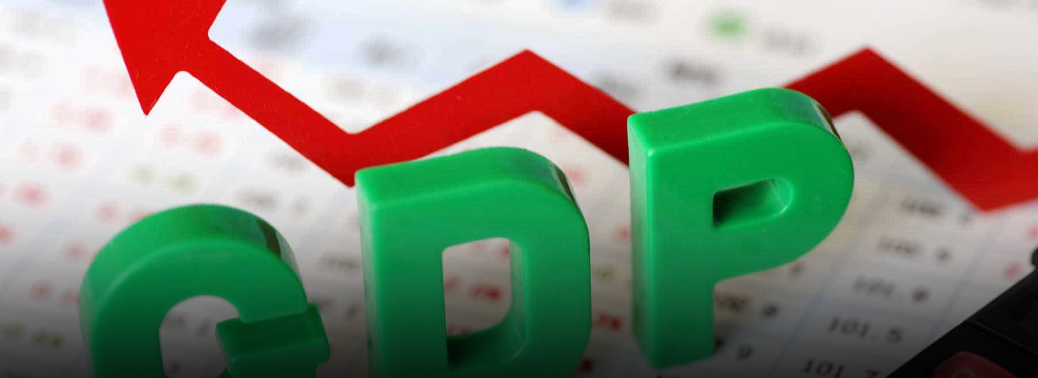Centre’s DEBT – TO – GDP Falls, States’ Rises
23, Jan 2019

Prelims level : Environment
Mains level : Conservation, environmental pollution and degradation, environmental impact assessment
In News:
- While the Centre is moving in the right direction in terms of meeting the N.K. Singh Committee recommendations on public debt, the States are moving in the opposite direction, data released by the government show.
Explained:
- According to the Status Paper on Government Debt for 2017-18, the Centre’s total debt as a percentage of GDP reduced to 46.5% in 2017-18 from 5% as of March 31, 2014.
- The total debt of the States, however, has been rising over this period, to 24% in 2017-18, and is estimated to be 24.3% in 2018-19.
- In absolute terms, the Centre’s total debt increased from Rs. 56,69,429 crores at the end of March 2014 to Rs. 82,35,178 crores in 2017-18, representing a 45% increase.
- The total debt of the States increased from Rs. 24,71,270 crores to Rs. 40,22,090 crores over the same period, an increase of almost 63%.
- The Central debt has been within control because the government has been trying to stick by-and-large to the fiscal deficit parameter
- The increase in the debt stock at the State level is worrying because they don’t have the wherewithal to service the debt if it goes beyond a certain point. They could then start getting into a debt trap situation.
- Outstanding liabilities of States have increased sharply during 2015-16 and 2016-17, following the issuance of UDAY bonds in these two years, which was reflected in an increase in liability-GDP ratio from 21.7% at end-March 2015 to 23.4% at end-March 2016 and further to 23.8% at end-March 2017
- The total outstanding liability as a percentage of GDP stood at 24% as at end-March 2018 and is expected to move upward to 24.3% at end-March 2019.”
- This, combined with the fact that ratings agencies have predicted that the combined fiscal deficit of the States to be 3.2% of GDP in financial year 2020 (higher than the prescribed 3%), and it begins to look increasingly unlikely that the States will meet their 20% debt-GDP ratio target by 2023.
- The report, however, says that the States do have some fiscal space to reduce their borrowing in the coming years due to the large cash surpluses they hold
N.K Singh Committee Recommendations:
- The N.K. Singh-headed FRBM (Fiscal Responsibility and Budget Management) Review Committee report had recommended the ratio to be 40% for the Centre and 20% for the States, respectively, by 2023. It said that the 60% consolidated Central and State debt limit was consistent with international best practices, and was an essential parameter to attract a better rating from the credit ratings agencies.
- Fiscal Council: The Committee proposed to create an autonomous Fiscal Council with a Chairperson and two members appointed by the centre. To maintain its independence, it proposed a non-renewable four-year term for the Chairperson and members. Further, these people should not be employees in the central or state governments at the time of appointment.
- Role of the fiscal Council: The role of the Council would include:
- Preparing multi-year fiscal forecasts,
- Recommending changes to the fiscal strategy,
- Improving quality of fiscal data,
- Advising the government if conditions exist to deviate from the fiscal target, and
- Advising the government to take corrective action for non-compliance with the Bill.
- Deviations: The Committee noted that under the FRBM Act, the government can deviate from the targets in case of a national calamity, national security or other exceptional circumstances notified by it. Allowing the government to notify these grounds diluted the 2003 Act. The Committee suggested that grounds in which the government can deviate from the targets should be clearly specified, and the government should not be allowed to notify other circumstances.
- Further, the government may be allowed to deviate from the specified targets upon the advice of the Fiscal Council in the following circumstances:
- Considerations of national security, war, national calamities and collapse of agriculture affecting output and incomes,
- Structural reforms in the economy resulting in fiscal implications, or
- Decline in real output growth of at least 3% below the average of the previous four quarters. These deviations cannot be more than 0.5% of gdp in a year.
- Debt trajectory for individual states: The Committee recommended that the 15th Finance Commission should be asked to recommend the debt trajectory for individual states. This should be based on their track record of fiscal prudence and health.
- Borrowings from the RBI: The draft Bill restricts the government from borrowing from the Reserve Bank of India (RBI) except when:
- The centre has to meet a temporary shortfall in receipts,
- Rbi subscribes to government securities to finance any deviations from the specified targets, or
- Rbi purchases government securities from the secondary market.






